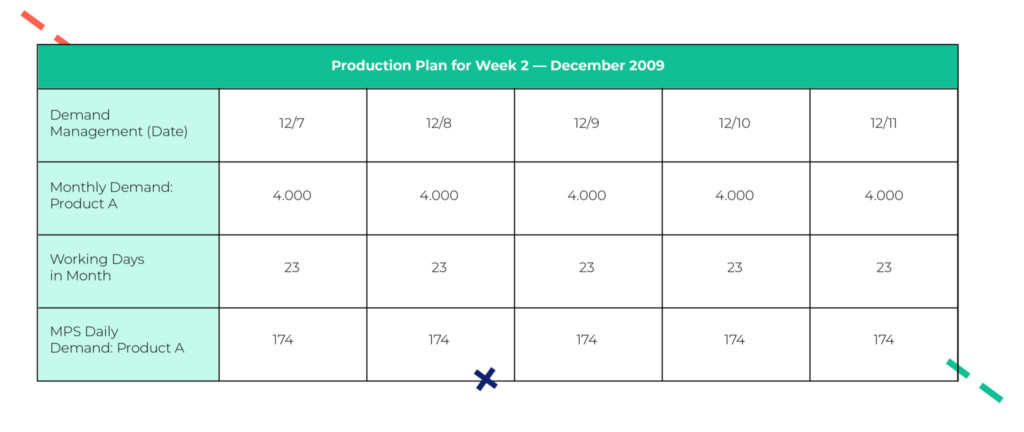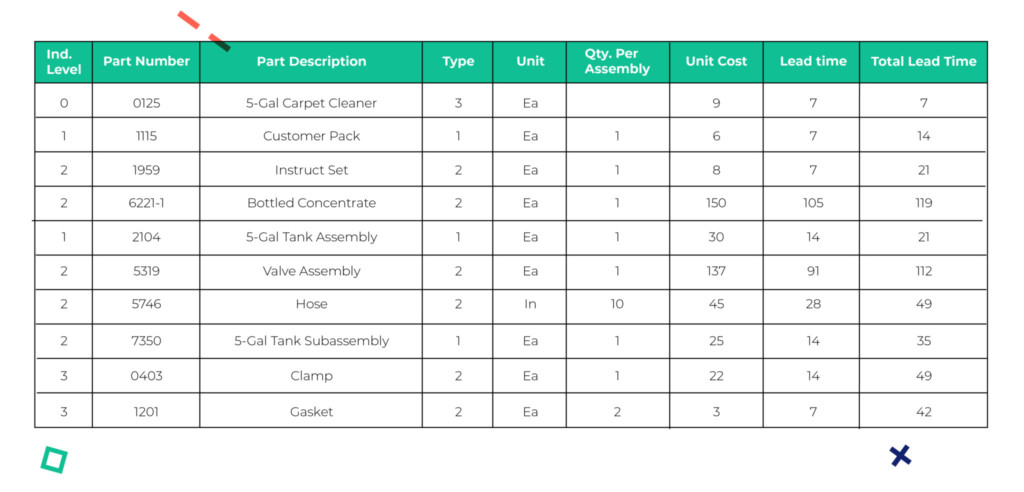You’ve worked hard to arrive at the point of scaled production, so don’t leave your manufacturing operation up to chance. Make Manufacturing Resource Planning a priority and take the time to research available MRP-2 systems that could be a fit for your particular business.
Where the Rubber Meets the Road
The time has come to produce your product. Gone are the days of one-off prototypes, beta pilots, and small-batch orders. You’re finally beginning to scale up production, which means no more inventory guessing games and no more “hoping for the best” when it comes to meeting demand. You need production to run smoothly, such that customers are able to get their orders filled in full and on time – without you having excess inventory on hand just accumulating costs. In other words, it’s time to implement strategic resource planning at your hardware startup.
Resource planning is crucial for all companies, but particularly for hardware-based businesses. Unlike your software counterparts, you have to coordinate with different suppliers and partners to source the components you need to make a physical product. In many cases, you may be handling the manufacturing (or at least part of the manufacturing) yourself. This means that you need to plan for all of the resources involved in your manufacturing process. Introducing Manufacturing Resource Planning (MRP): this method will help you address operational planning in units and manage related financial planning. It will also help you answer key “what-if” questions so you can prepare for any and all potential manufacturing scenarios. In short, manufacturing is where the rubber meets the road, but it’s tough to drive your business forward without support from an MRP system.
Learning the Basics of MRP-2
Manufacturing Resource Planning has evolved over time such that today, it’s a core component of any manufacturer’s tool kit. It all started in 1983 when Oliver Wight developed the first Manufacturing Resource Planning system, which became known as MRP-2. The MRP-2 represented an evolution of early Materials Requirement Planning systems. This newer iteration took into account additional data for integration, such as employee and financial needs. As defined by Investopedia, MRP-2 is a computer-based system that can create detailed production schedules using real-time data to coordinate the arrival of component materials with machine and labor availability. Essentially, it’s purpose is to control inventory levels, improve scheduling, assign operating priorities, and plan plant capacity to load the production system in the most optimal way.
To improve inventory handling, the MRP-2 system supports other manufacturing processes like daily production planning, bill of materials (BOM), and managerial accounting. By incorporating other functions into a centralized system, you can help align all areas of your business to a common set of goals. Reference for Business breaks down several examples to illustrate this point. When your finance team knows which items you’re going to purchase and when products will be delivered, they can more accurately project your company’s cash flows. Human resources staff can better project hiring needs and layoff requirements, while your marketing team can keep track of real-time changes in delivery times and lead times.
What’s more, MRP-2 systems have simulation capabilities that allow you to conduct different sensitivity analyses. This helps you play the “what-if” game so that no matter the scenario, you are prepared with a plan. MRP-2 can simulate the impact of certain decisions on the organization as a whole, predicting results in terms of customer orders, deadlines, or any other key criteria you might be tracking. With simulation capabilities, you can gain a deeper understanding of all the options available to your company in different scenarios, along with their potential consequences.
Planning Daily Production
A major component of any MRP-2 system is the Daily Production Plan, also known as the Master Production Schedule (MPS). The MPS tells you how many units to build each day, and can be based on either forecasting analyses or actual demand. With an MRP-2 system, you’re able to support daily production planning in a faster, easier, and more accurate way. For example, as inventory is used for production, the recorded quantity of available inventory updates in the system automatically. This is a big deal, especially given that inventory levels are also affected by drop shipments, product returns, and defective materials. With so much to keep track of, why not make it as easy as possible on yourself?
The MPS, like the example graphic shown below, does not represent a rigid plan. Instead, its a dynamic, living document that business functions can update, refer to, and use to inform communications and decision-making. The MPS as part of MRP-2 is a crucial planning function – it helps manufacturers achieve their production objectives while keeping procurement costs at a minimum. For hardware startups that are already operating at lower margins than other industries, this is a tool that you can employ to avoid rising operating costs and missed sales.

Understanding the Bill of Materials
Another critical component supported by MRP-2 is a multi-level bill of materials (BOM). As illustrated in the table below, the BOM lists the components, assemblies, and parts that are required to make your product. Not only that, the BOM also provides a display of all items that are in parent-child relationships. As context, a parent-child relationship refers to a sub-assembly composed of addition parts. For example,a fuel pump is a sub-assembly (parent); this is composed of components (children) that include pump housing, impeller, filter, electronic board, piping, seals, and so on.

The BOM enables top-down production planning to take place, from the finished product to the individual components. It helps you simplify the purchasing process by planning exactly when to place orders, such that items always arrive on time. It enables you to more accurately estimate product costs in conjunction with machine and labor costs. In today’s market, it’s impossible to manage a scaled manufacturing operation without a clear, up-to-date bill of materials. Although you can create and manage a BOM on your own, using an MRP-2 system to do it makes life a whole lot easier.
Making Manufacturing Easier
You’ve worked hard to arrive at the point of scaled production, so don’t leave your manufacturing operation up to chance. Make Manufacturing Resource Planning a priority and take the time to research available MRP-2 systems that could be a fit for your particular business. Your investors, suppliers, partners, and customers will all thank you for it.
Need help figuring out how to manufacture your product at scale? Sign up to receive additional content about resource planning, designed specifically for hardware entrepreneurs, sent straight to your inbox.



